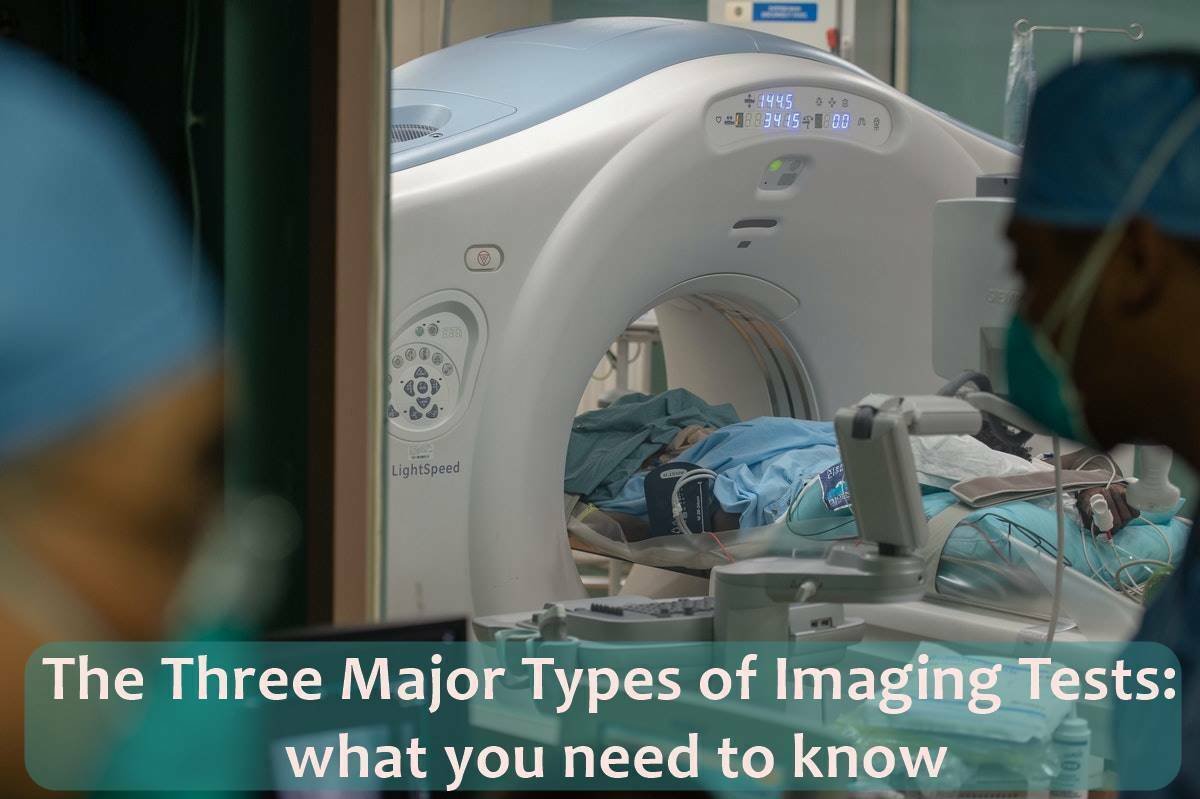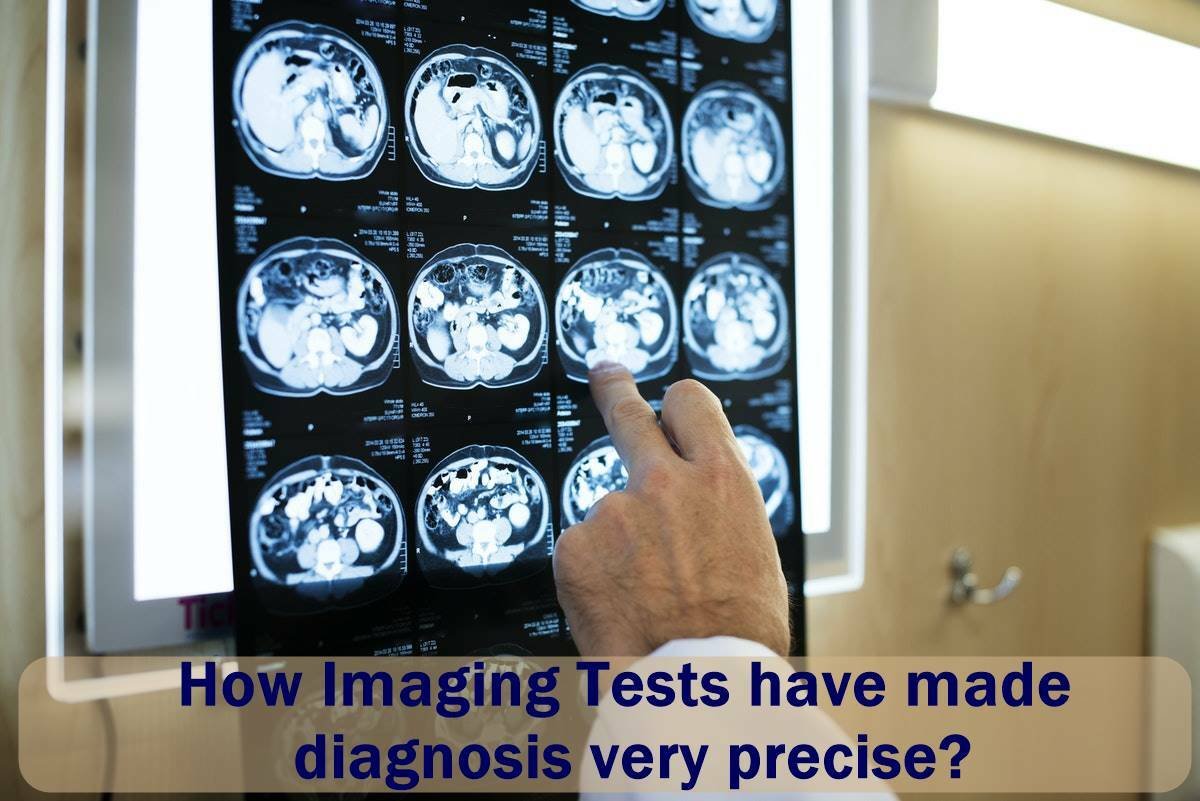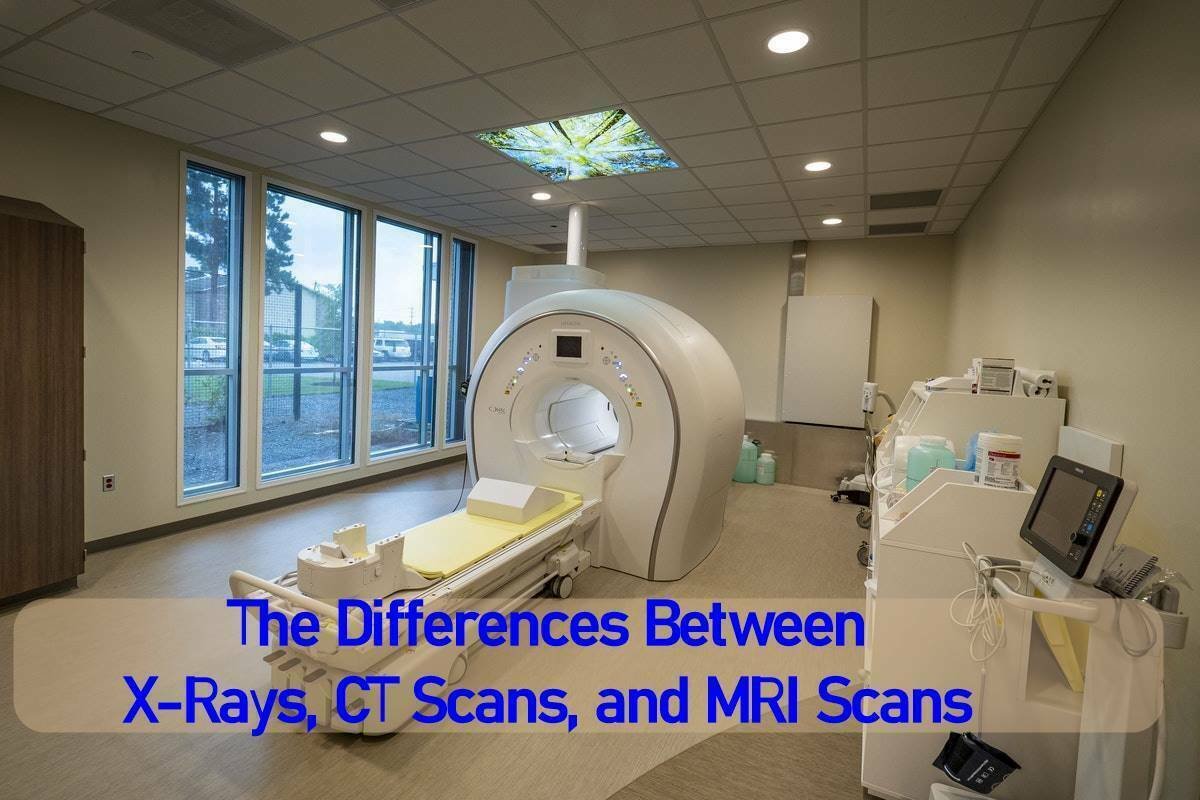If you have ever experienced a bad fall or have been ill, chances are you must have come across the terms- X-Rays, CT Scans, and MRI Scans.
In very simple terms, different imaging tools help doctors and medical experts understand and diagnose what is happening inside your body. The focus and target areas of all these imaging tests are different.
Additionally, the internal body areas they target and hope to provide answers to are also different. While getting recommended an MRI Scan for pain in the brain might cause you anxiousness, it would be worthwhile to understand the major differences between these three imaging tests.
What are Imaging Tests, and how do they help us?
Illnesses and diseases can present themselves in a myriad number of ways. While some may have physical and outward appearances like rashes and fevers, doctors tend to try to understand the underlying causes of what is causing them in the first place.
Imaging tests like X-Rays, CT Scans, and MRIs provide a window of insights into underlying bone structures, organs, nerves, and tissues of the human body. They use advanced technologies, magnetic and radioactive frequencies, and in some cases, 3D processes to present insight.
All these imaging tests are non-invasive and pain-free. While some of these imaging tests may be easily accessible (X-Rays), others might not be (MRIs and CT Scans). This is usually because of the availability and prices of the machines used to carry them out.
The Three Major Types of Imaging Tests: what you need to know

- X-Rays-
An X-Ray is also referred to as a Radiography by medical practitioners. It is one of the most widely and extensively used imaging tests done to examine a bone’s structure following a bad fall in 2D.
Additionally, X-Rays are also carried out to see signs of cancer and illnesses like pneumonia in patients. X-rays are often used as the first diagnostic tool when someone is suspected of having a certain type of cancer, such as lung cancer.
- CT Scans-
The abbreviation of a CT Scan is Computed Tomography Scan. It presents a more detailed insight and imaging of the human body’s inner workings. Primarily used to understand internal organs and tissue issues, a CT scan presents a 360-degree view in 3D technology. It should be pointed out that a CT scan presents far more powerful imaging than a standard X-Ray. This can detect cancers, appendicitis, and heart illnesses easily.
- MRI Scans-
MRI, or Magnetic Resonance Imaging, uses a strong presence of magnetic waves frequencies and waves to create detailed images of the body’s internal organs, bones, and nervous tissues. Unlike X-Rays and CT Scans, MRIs do not use radioactive waves to create the imaging. It creates by working a magnetic field that uses pulses against the body of the patient. If you have metals on your body, you need to inform the technician as it can pull them.
How have imaging tests made diagnosis very precise?

As we mentioned at the beginning of the article, there is a difference in accessibility between the three processes. The machines used to do CT Scans and MRIs are expensive to purchase, and service and require expert technicians to run them.
An X-Ray is a simpler process that is easily available at normal clinics and hospitals. This is a problem in most parts of the developing and underdeveloped world. However, there is no doubt that advances in imaging tools have made a big difference in the diagnosis process.
Medical experts like doctors can identify the root cause of the problems and suggest medications or surgeries depending on the seriousness of the illness at hand. Imaging tests like X-Rays, CT Scans, and MRIs have proved to be invaluable asset that has saved millions of lives worldwide.
It has also given clarity and insights to scientists looking to understand how medicines work and how the human body reacts when subjected to different combinations of treatments.
The Final Word
In this resource article, we have tried to look at the three major imaging tools that are currently operating in helping doctors assess the internal workings of the human body. If you have any other questions on any of them, let us know in the comments section below.





